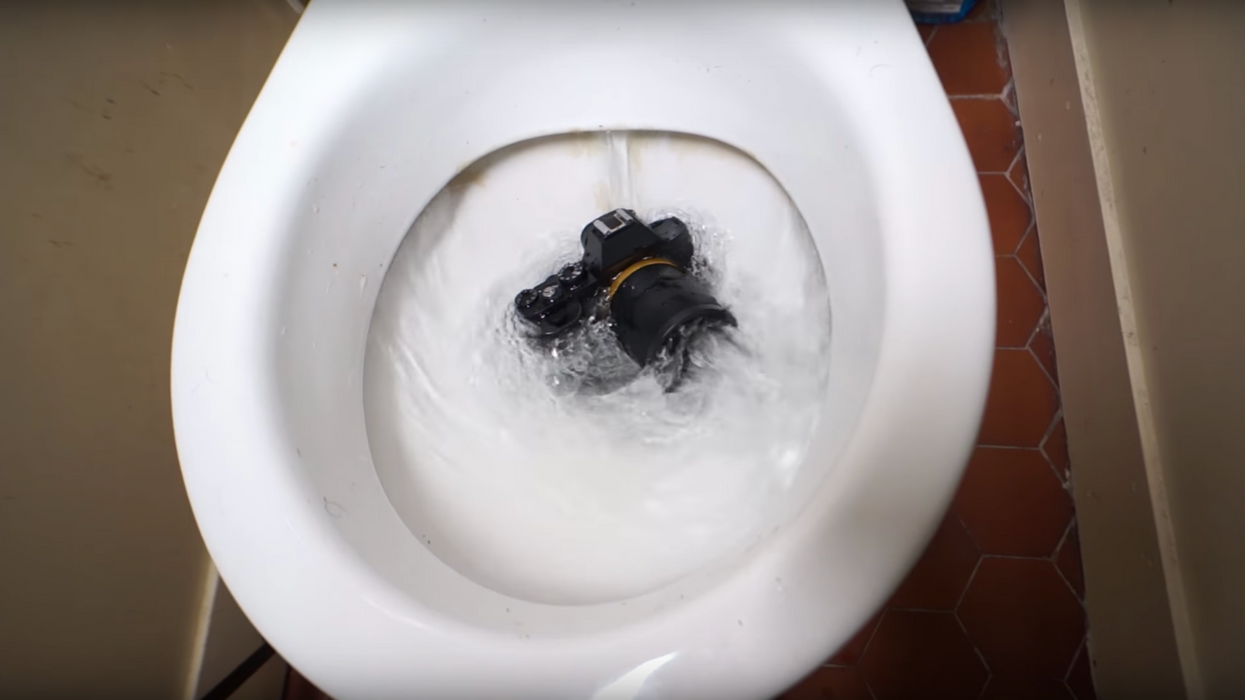10 Tips on Playing to Your Strengths When Shooting with Cheap Gear
Just because you use cheap gear doesn't mean your film can't look like a million bucks.

We all know what it's like to shoot a film using crappy gear, right? Maybe you shot your first short on your parents' old point-and-shoot and edited the footage with Windows Movie Maker (RIP) or maybe your wobbly tripod does Bambi legs every time you set your camera on it. Whatever your situation may be, you can definitely still make great, creative films with whatever equipment you fished out of a dumpster.
In this video, Sareesh Sudhakaran of wolfcrow shares ten tips for working with "cheap" tools. Of course, he doesn't mean "inexpensive," but rather poorly made, low-quality, garbage gear. Check it out below:
- Have some faith in your gear: Even if the gear you use isn't ideal, it can still (most likely) do what you need it to do. Don't apologize for your equipment and don't give excuses for it. Remember, filmmakers make films, not cameras.
- Don't fight the technology: All cameras have limitations, so don't try to push yours to do things it can't. For instance, if your DSLR doesn't have very high dynamic range, don't try shooting at night without much lighting. You'll end up with a grainy, muddy mess.
- Read the manual: Asking the filmmaking community is usually a really great way of learning new things about your camera but don't forget about the people that actually made it. Consult the manual to learn the ins and outs of your camera, as well as which presets might work best for what you're trying to shoot.
- Don't shoot log: Okay, I'm gonna have to disagree here. Shooting with a flat profile can help give you much more latitude when grading in post. However, to be fair, I will say that there is no such thing as a "perfect" picture profile. Understand what your shot needs and choose the preset that will help you achieve it. That might mean shooting in log or it might not.
- Find the limitations of your camera: If you know what your camera can and can't do, you'll be able to really take advantage of its capabilities and steer clear of its incapabilities.
- Choose the right shutter speed: Want that cinematic motion blur? Then you'll want to set your shutter speed to twice your frame rate. So, if you're shooting at 24 fps, set your shutter speed at 1/48 or 1/50. Of course, this isn't a rule you have to follow, but if you want that "film" aesthetic, you'll adjust your settings accordingly.
- Stop down your cheap lenses: You can help make your images look a little better, namely in terms of sharpness and resolution, by stopping down your lens a tad.
- Add weight to your tripod: Throwing some sandbags on your tripod will help add some stabilization.
- Get your mics close: Bad sound is difficult to fix (if it's even possible), so if you're recording with a cheap mic, make sure you're at least getting it as close to your source as possible.
- Work with proxies: If you're working on a 10-year-old desktop to edit your 4K footage, you may run into some performance issues. To help, try editing using proxy footage with lower resolution. You can always replace each clip with the original 4K and spend a day or two rendering it all out.
- Lighting: The beautiful thing about lighting is that you can use pretty much anything as a light or modifier. Your cheap desk lamp makes a great practical. Your cheap shower curtain makes a great diffuser. Hell, a cheap sheet of computer paper can make a great bounce board when you're in a pinch.
Do you agree with Sudhakaran's tips? Share your thoughts down in the comments!
Source: wolfcrow













